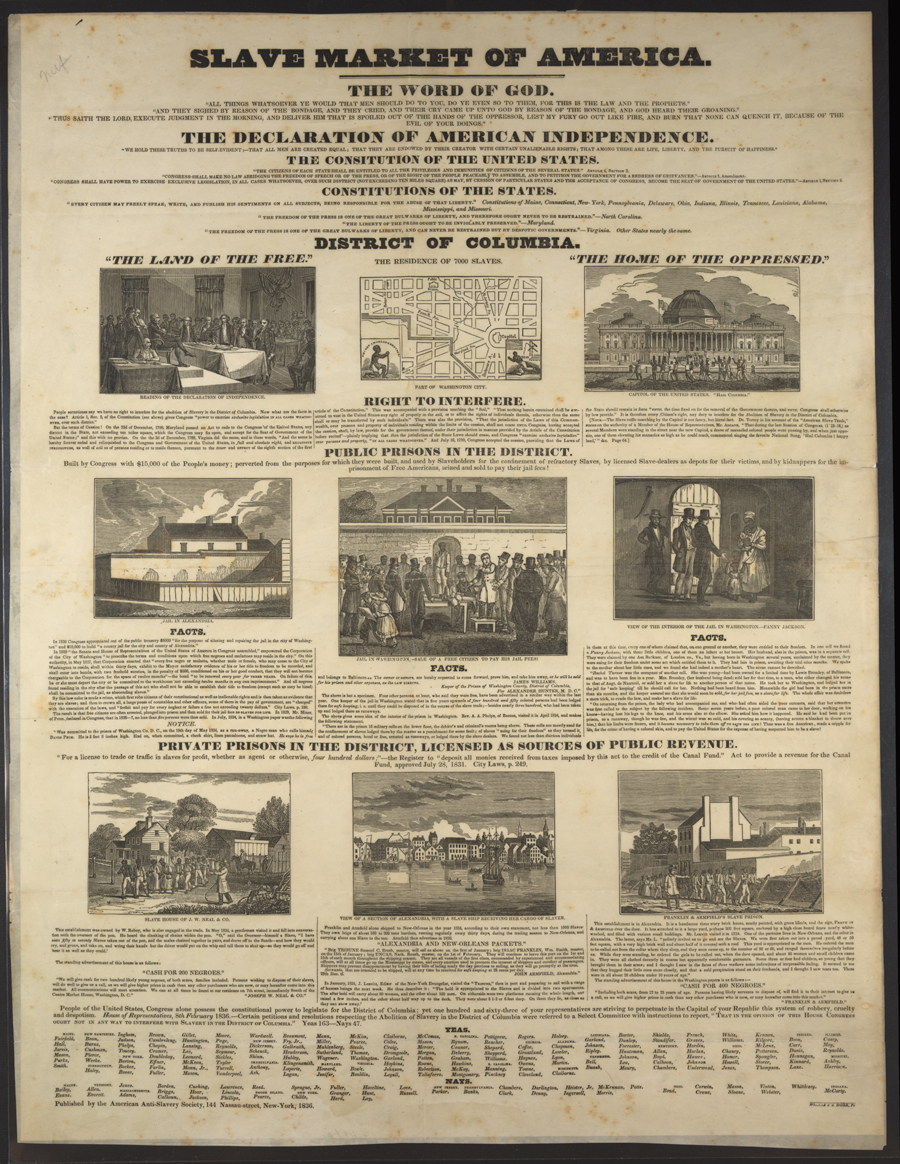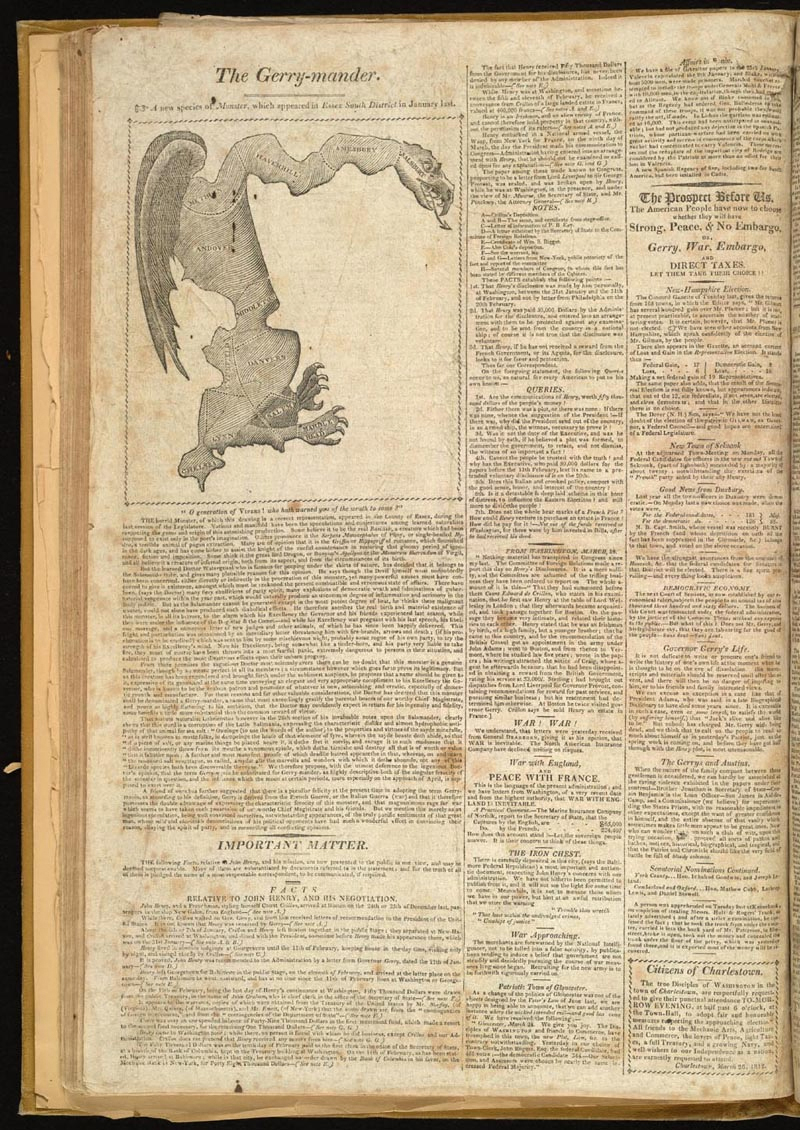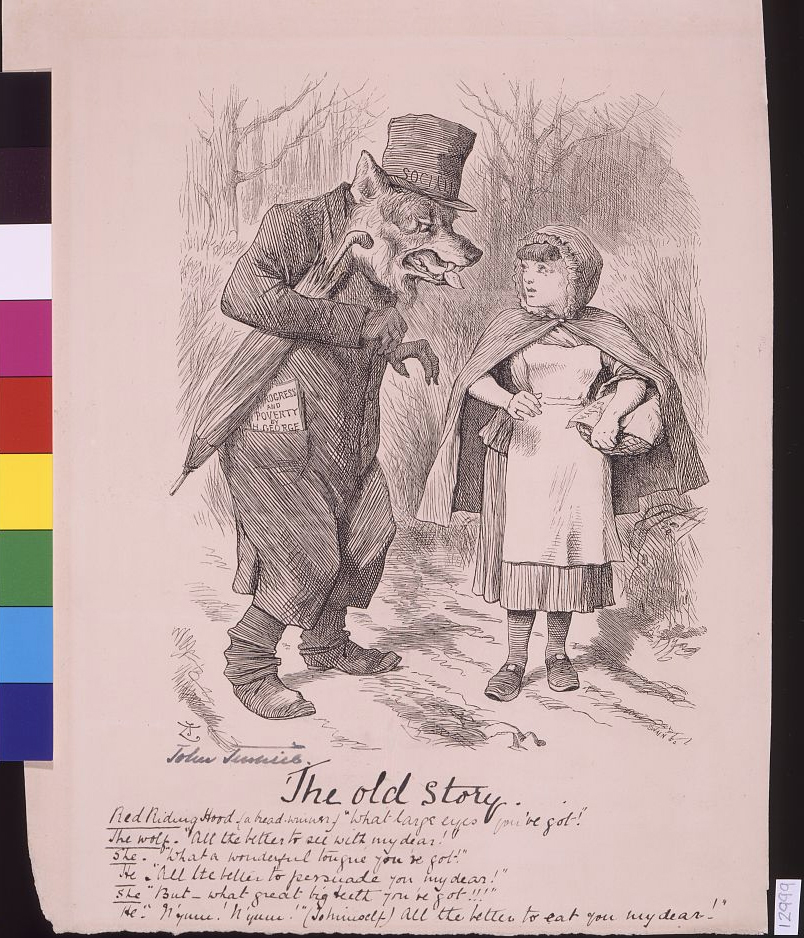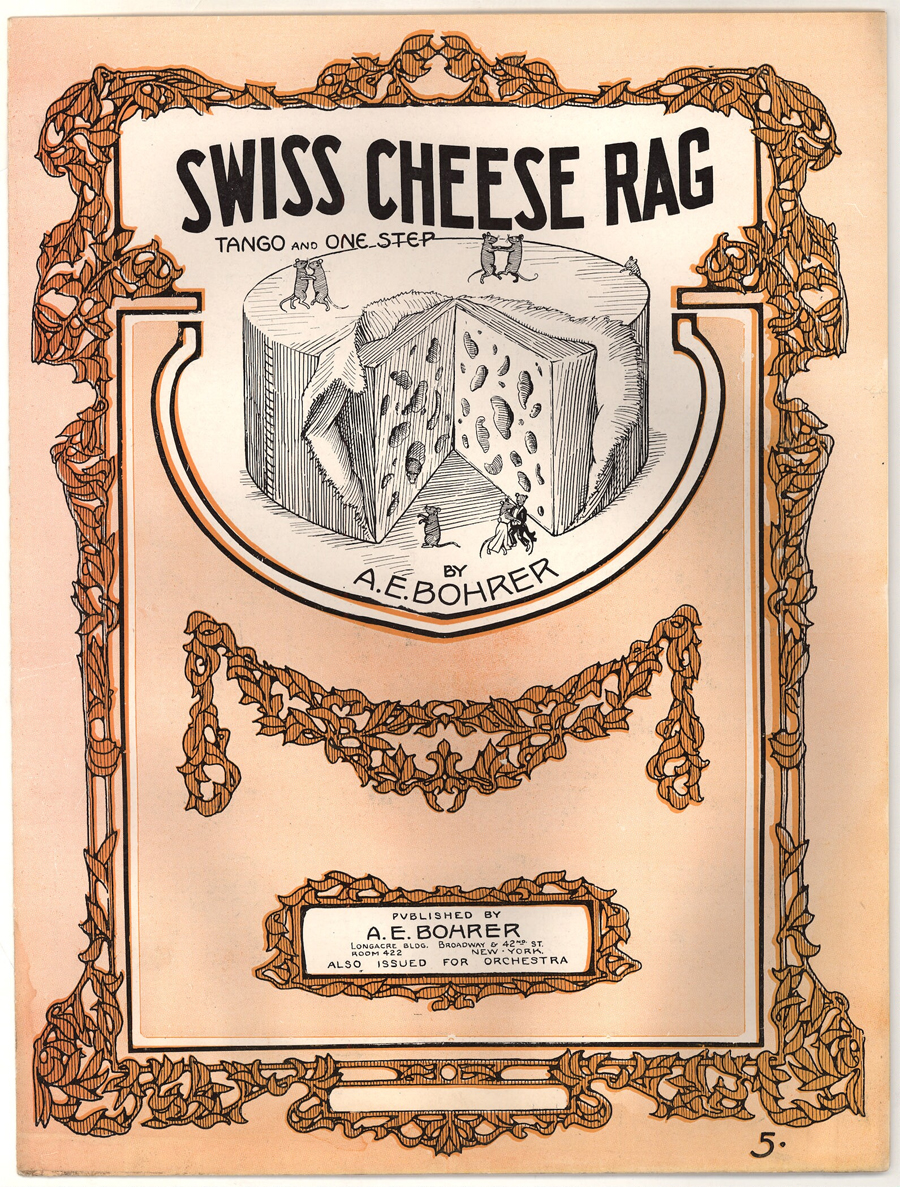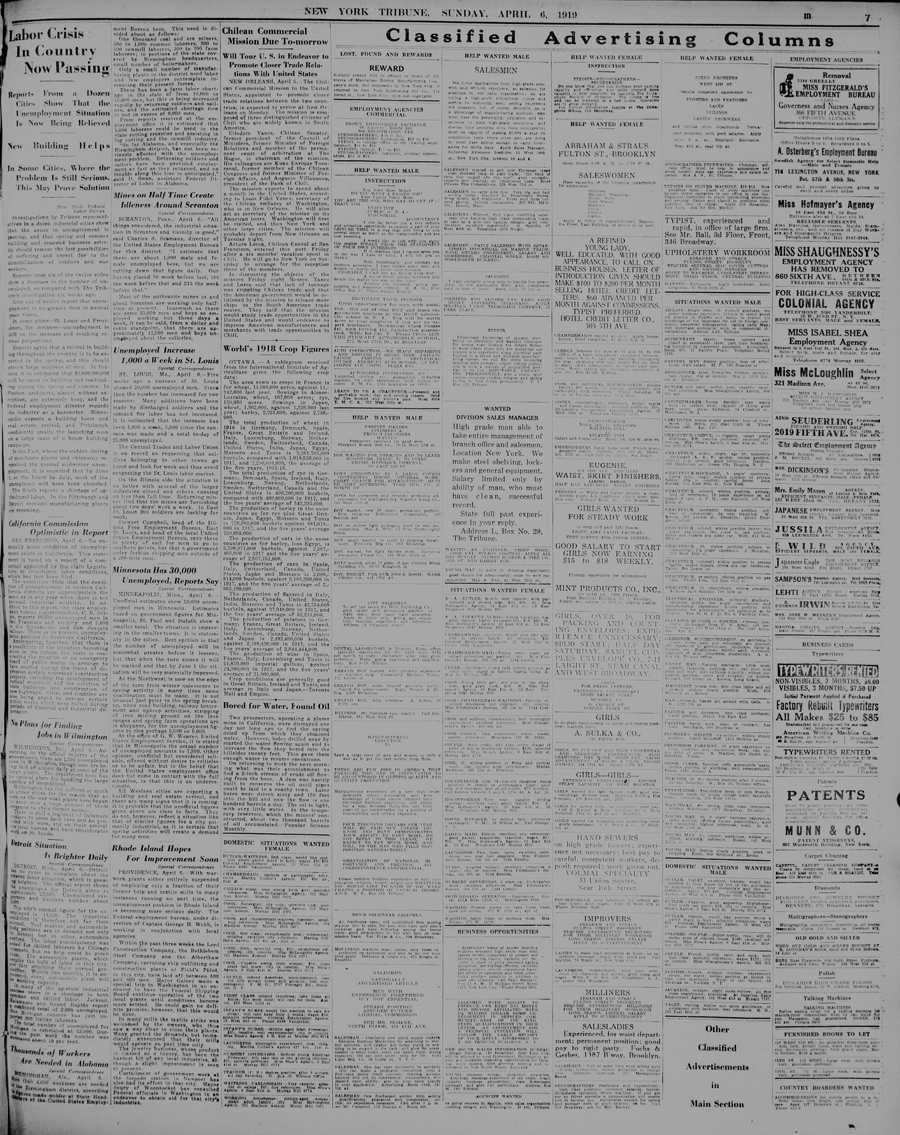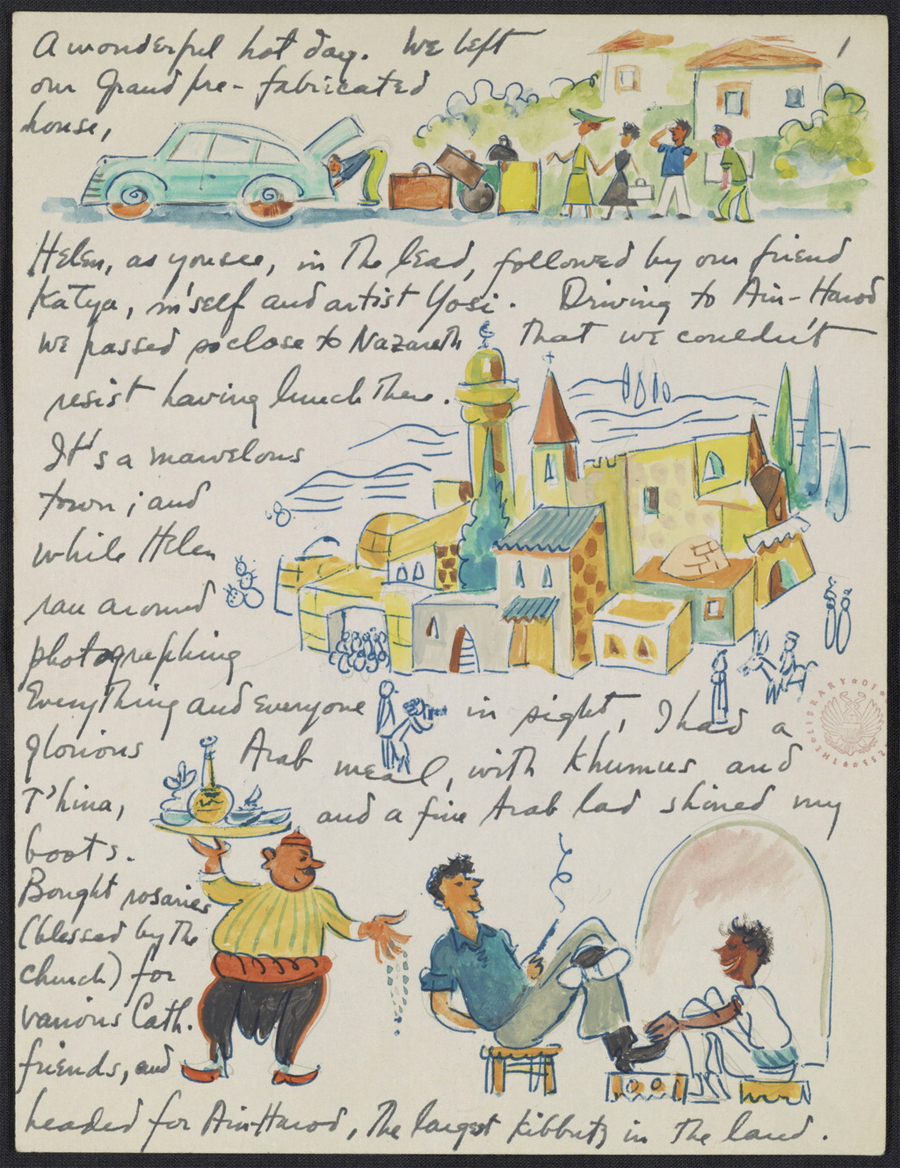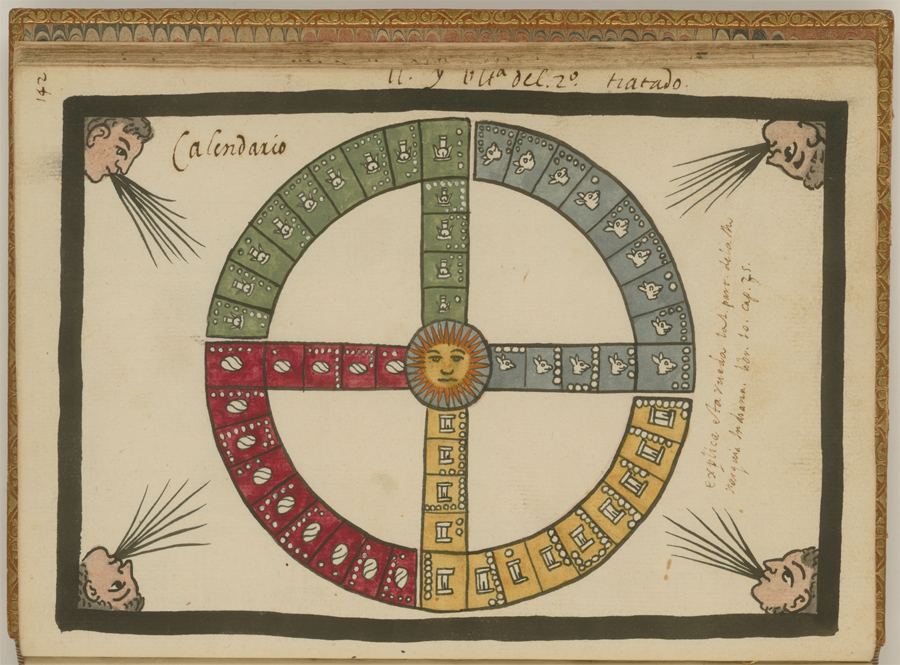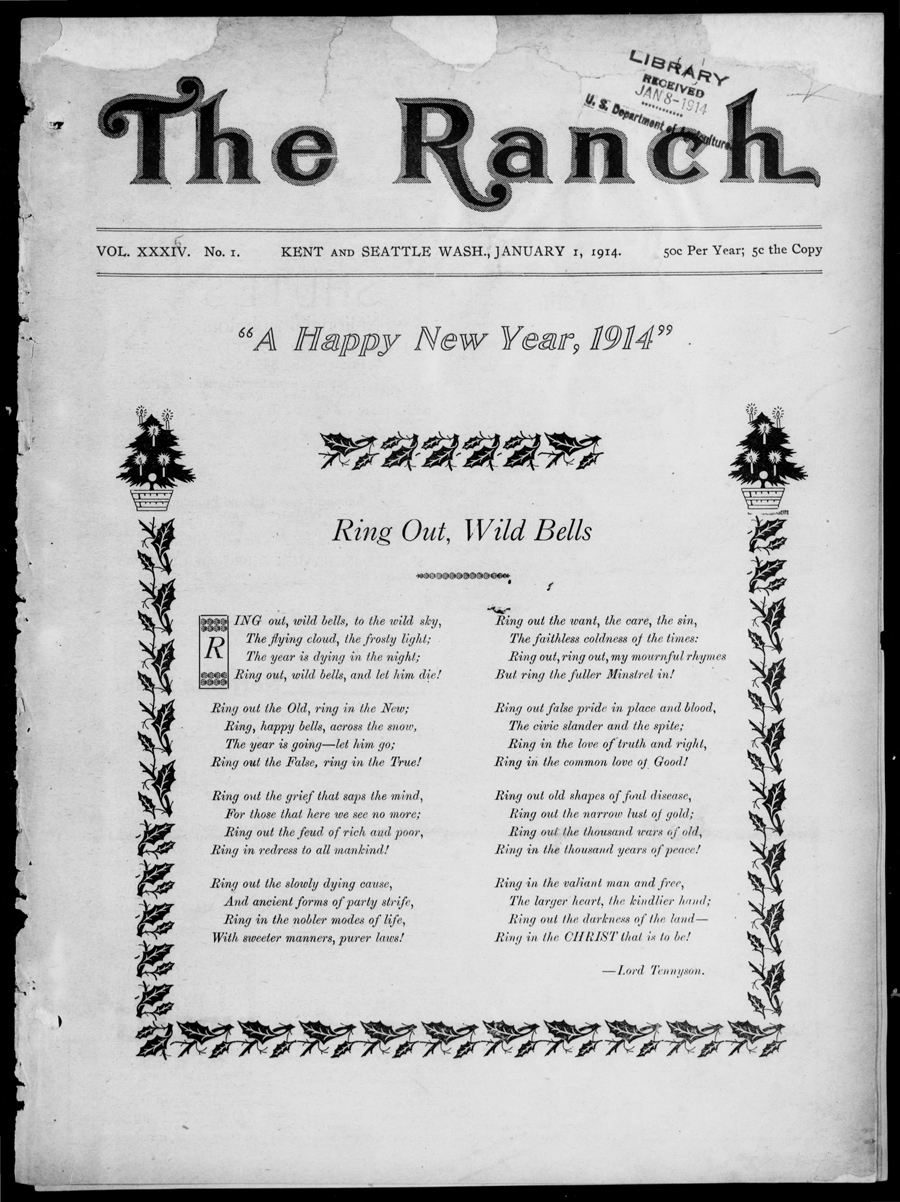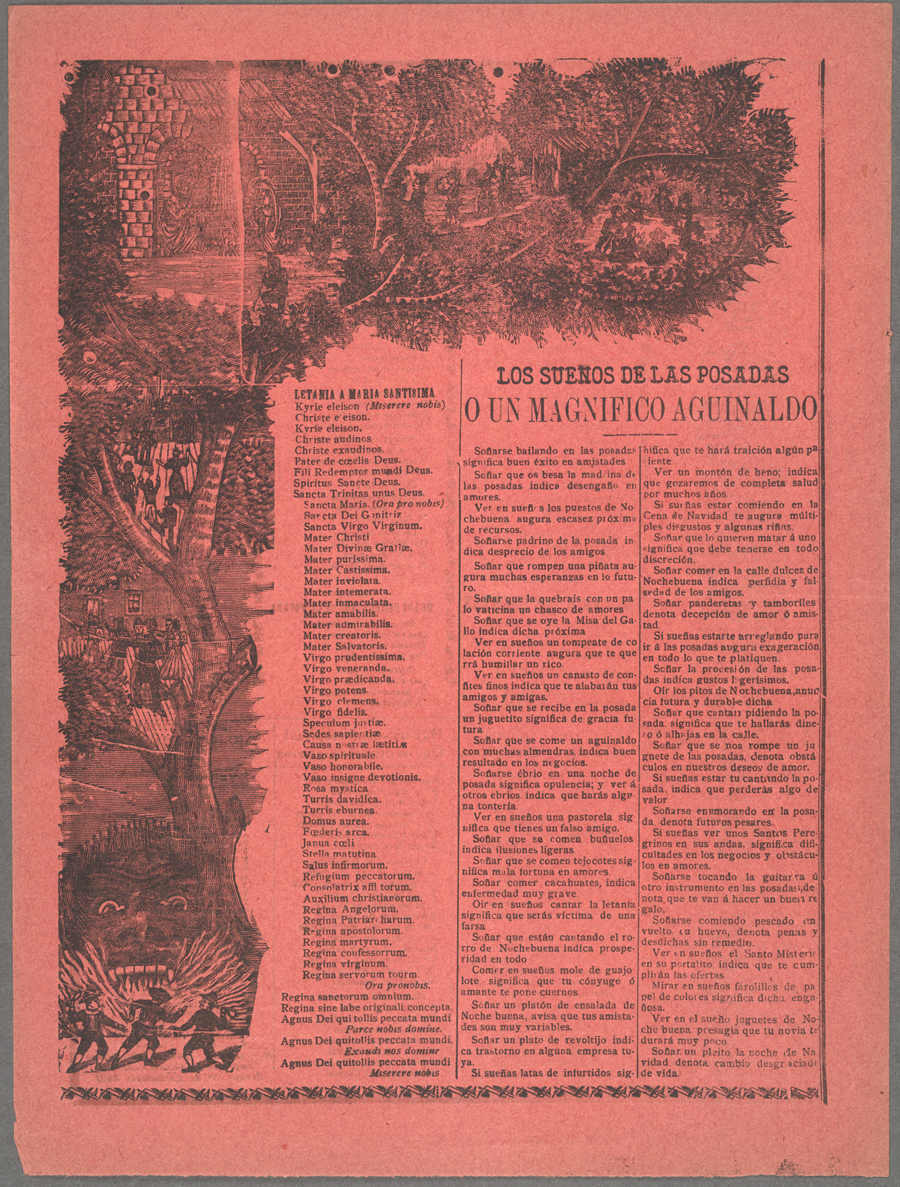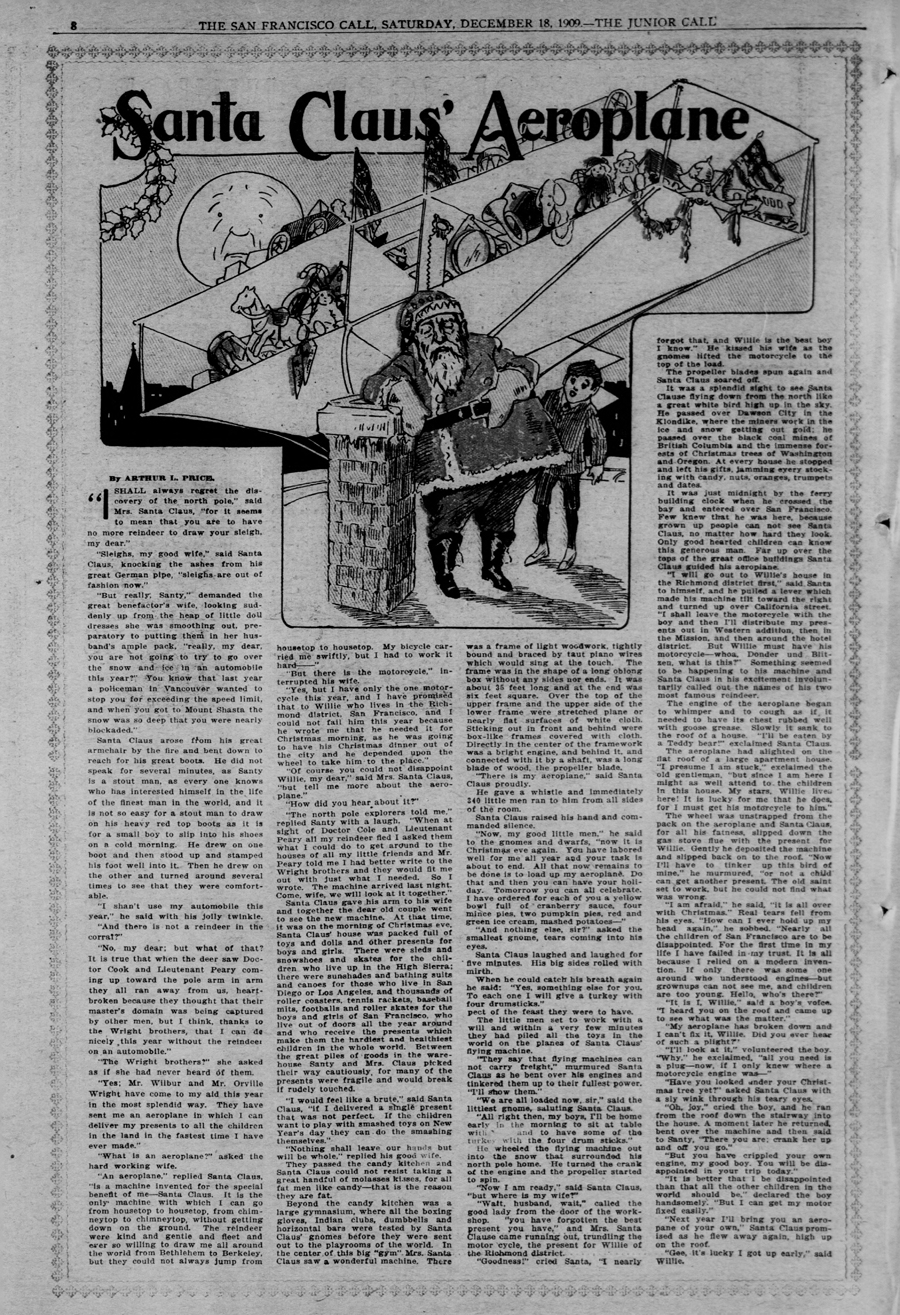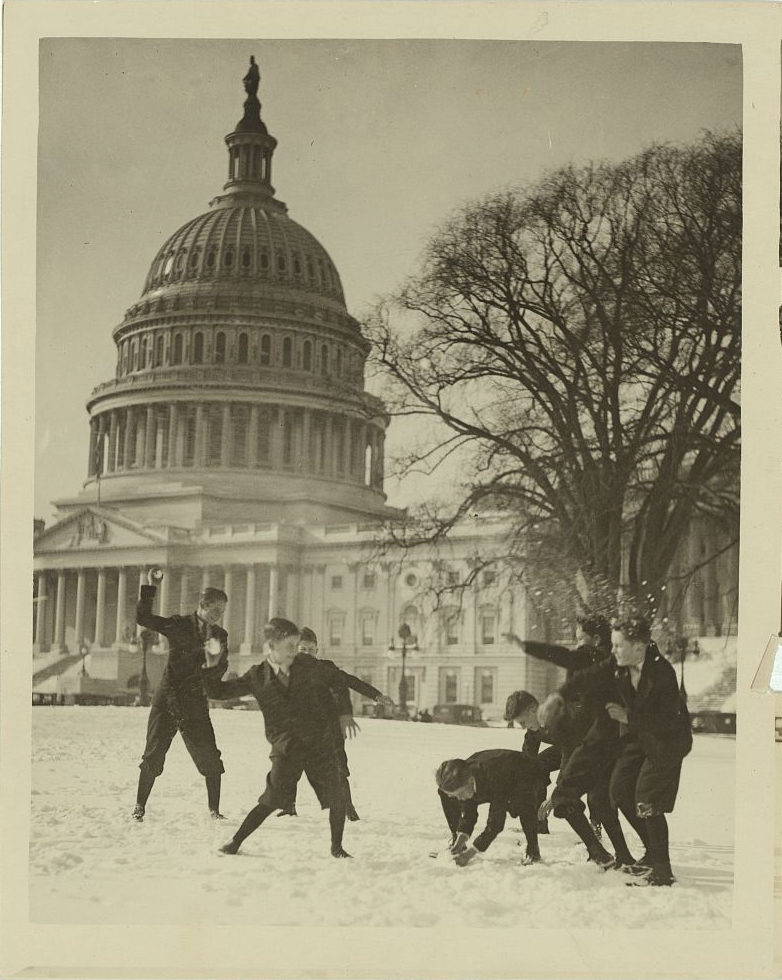Guided Primary Source Analysis: Slave Market of America
What contradiction does this broadside illustrate and discuss? Support your conclusion using specific details from the source. Who created this broadside? Using details from the source to support your responses, explain the purpose of this broadside and the intended audience. Review the bibliographic record for this source, in particular the summary. What more did you…

